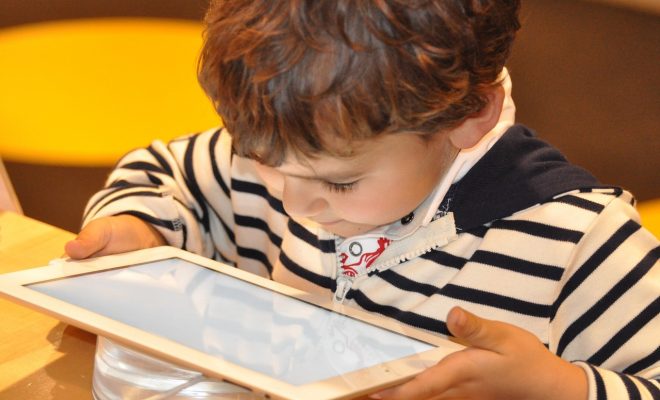The Reading Process: Everything You Need to Know

Reading is an important skill that pupils learn in their early childhood schooling. This ability lays the groundwork for academic achievement. There are several approaches to the reading process, and educators depend on a variety of reading theories.
Children in kindergarten through third grade are in the process of learning to read. Beginning in fourth grade, children begin to read to learn. Students must have a strong reading foundation to go successfully through middle and high school.
Educators can effectively guarantee that pupils have the necessary reading abilities by determining if students are below, at, or above their age group level. Educators must also be aware of three more levels for each learner: frustration, instructional, and autonomous reading level.
Bottom-Up Theory
While there are several views on how to teach reading, some have shown to be more effective than others. The bottom-up strategy is one of them.
This idea entails a step-by-step way of teaching reading components competency, allowing the student to become literate. During early childhood education, this method incorporates clear and direct instruction in a building-block manner employing the five components of reading.
The term “bottom-up” refers to how this reading process operates. The major goal of early literacy is to establish the fundamental, core abilities required for reading proficiency.
Reading activities based on the bottom-up paradigm involve pupils learning to read from the ground up, beginning with the basics and progressing to topics such as phonics and phonemic awareness. This implies that children are taught the fundamentals first to provide a firm foundation before progressing to vocabulary, fluency, and understanding.
5 Components of Reading
There are five main components to the reading process. These ideas must be learned by pupils for them to effectively improve their reading skills:
- Phonics
Understanding the sounds associated with the letters of the alphabet, especially short and long vowels. It also entails linking the concepts of letters corresponding to sounds and those sounds forming words.
- Phonemic Sensitivity
Understanding the sounds produced by letter combinations, such as syllables, entire words, and consonant blends.
- Vocabulary
Understanding the meaning of words and how to employ them correctly and appropriately in phrases.
- Fluency
The ability to read with the right expression and quickness while avoiding mistakes. A proficient reader can read and communicate in the same way.
- Comprehension
The ability to retain characters, events, and the main concept of a passage or tale after reading it, as well as interpret what has been read accurately.
Finally, consider the following:
Because of its sequential method, the bottom-up theory is extensively applied across the world. It understands that reading is a developmental process that should be acquired from the ground up, with complexity increasing as a learner’s reading and comprehension competence grow.




